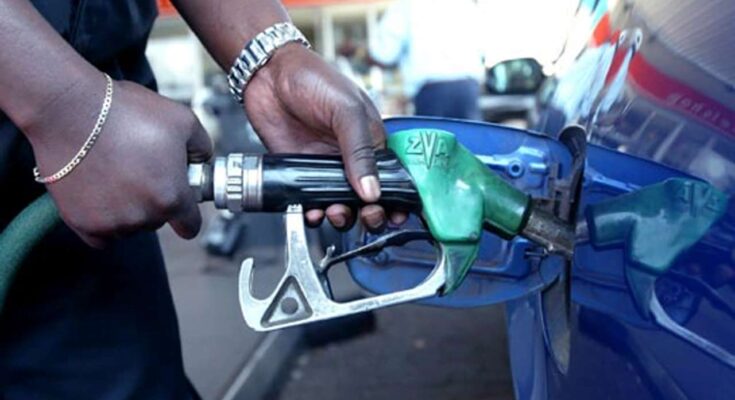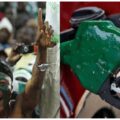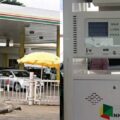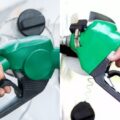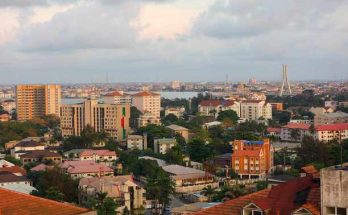The Nigerian government is likely to spend a significant amount, approximately N1.68 trillion, to support the cost of petrol, known as Premium Motor Spirit (PMS), between September and December this year. This is based on information from oil dealers and experts in the field.
Currently, the petrol price at the pump should ideally be between N890 and N900 per litre due to the weakening value of the Nigerian currency against the US dollar and the rising global crude oil prices.
However, petrol is currently being sold at a lower price, between N598 and N617 per litre, raising suspicions that the government is subsidising it.
READ ALSO: Subsidy back as FG pays N169.4bn in August
Challenges Surrounding Petrol Subsidy in Nigeria: Impact of Global Oil Prices and Currency Exchange Rates
Although President Bola Tinubu announced the end of the subsidy regime on May 29, the government and the Nigerian National Petroleum Company Limited (NNPCL) have not officially acknowledged the reintroduction of the subsidy.
NNPCL is the sole entity responsible for importing PMS, as other fuel marketers have stopped due to difficulties in accessing foreign currency.
The removal of the subsidy earlier had caused the pump price of petrol to increase significantly, from around N198 per liter in May to the current rate of N617 per liter.
However, the declining value of the Nigerian currency and the increasing global crude oil prices continue to pressure the cost of petrol.
Experts in the oil industry explain that more than 80% of the cost of PMS is determined by the price of crude oil and the exchange rate between the Nigerian Naira and the US Dollar.
The global benchmark for oil, Brent crude, has risen to around $95 per barrel, reaching as high as $97 per barrel recently, which is the highest level in 2023.
At the beginning of the year, it was around $82 per barrel, dropping to $70 per barrel in June, but has surged above $94 per barrel in recent weeks.
The Nigerian Naira’s value has also been declining, reaching 980 Naira to the US dollar on the parallel market recently, compared to 950 Naira per dollar just a week earlier.
However, at the Investor & Exporter forex window, the Naira showed a slight improvement, closing at 770.71 Naira per dollar on Wednesday, up from 776.76 Naira per dollar on Tuesday.
READ ALSO: NLC, TUC, transport unions and ASUU protest against fuel subsidy removal in Umuahia
Subsidy back as FG pays N169.4bn in August
In another news, Despite President Bola Ahmed Tinubu’s repeated promises that fuel subsidies have been removed, recent findings by Daily Trust reveal that the government paid a significant sum of N169.4 billion in August to maintain the fuel price at N620 per liter.
Many reports suggest that this price stability, despite unfavorable factors like a weaker exchange rate and international crude oil prices exceeding $95 per barrel, hints at the return of fuel subsidies.
A document from the Federal Account Allocation Committee (FAAC) indicates that in August 2023, the Nigerian Liquefied Natural Gas (NLNG) paid $275 million in dividends to Nigeria through NNPC Limited.

